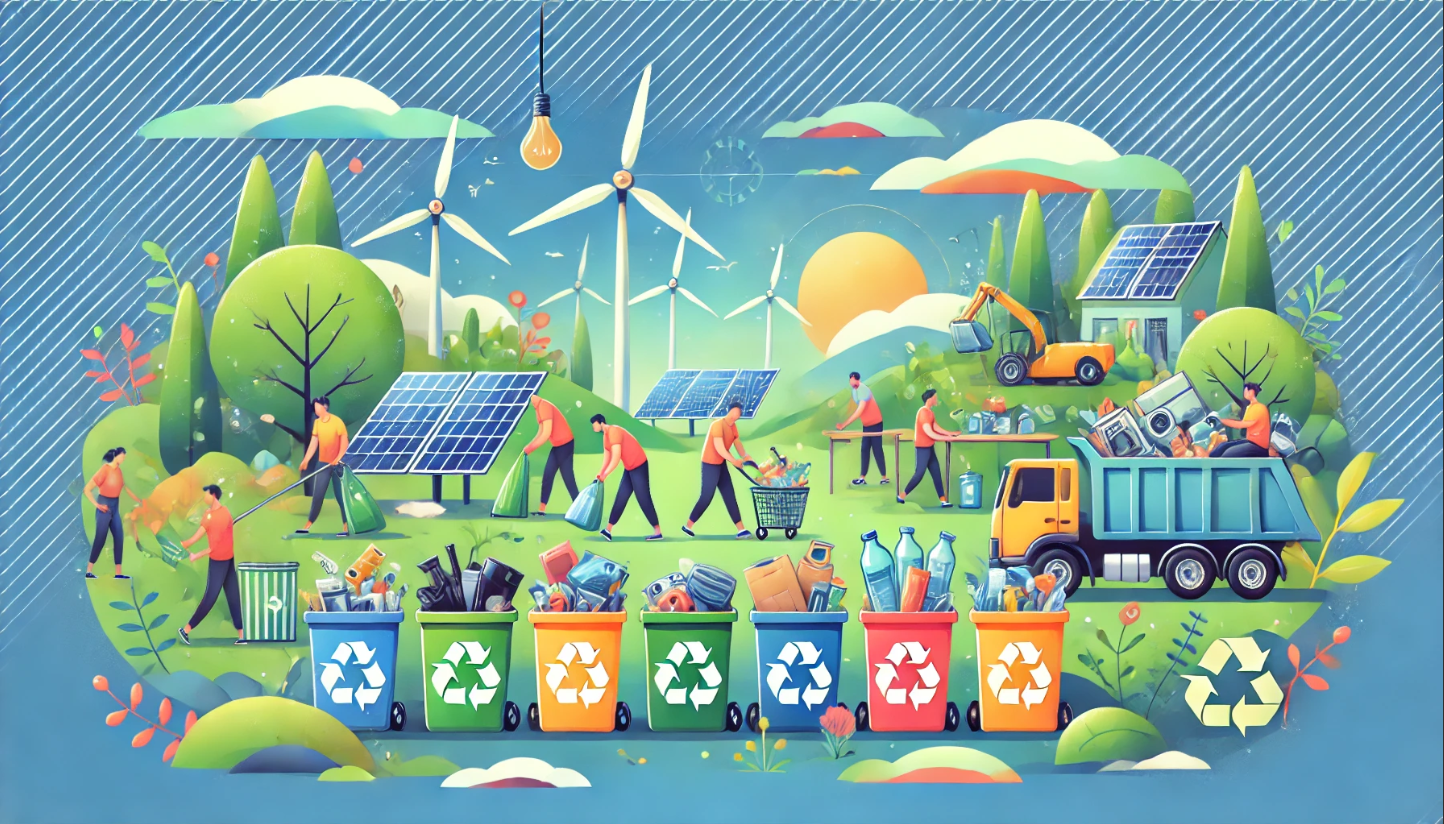
Eco-Friendly Junk Disposal – A Sustainable Way to Declutter
Decluttering your home or workspace doesn’t have to harm the environment. Eco-friendly junk disposal provides a sustainable way to clear out unwanted items while minimizing landfill waste. By recycling, donating, and responsibly disposing of junk, you can contribute to a greener future. This guide offers actionable steps for eco-conscious junk disposal, highlights the benefits, and shares tips to make decluttering easy and impactful.
Why Eco-Friendly Junk Disposal is Important
Responsible junk disposal is about more than just clearing clutter. It’s a step toward environmental stewardship.
Key Benefits:
- Reduces Landfill Waste: Keeps recyclable and reusable materials out of landfills.
- Conserves Resources: Recycling materials like metal, glass, and plastic minimizes the need for new raw materials.
- Prevents Pollution: Proper disposal ensures hazardous items don’t harm the environment.
- Supports Local Communities: Donated items can benefit families and charities.
Steps for Eco-Friendly Junk Disposal
1. Take Inventory
- Go room by room to identify items you no longer need.
- Separate items into categories: recyclable, donatable, and hazardous waste.
2. Research Local Recycling Centers
- Look for certified recycling facilities in your area that accept specific materials like electronics or metals.
- Check your city’s website for curbside recycling guidelines.
3. Donate Usable Items
- Charities and thrift stores accept furniture, clothing, and appliances in good condition.
- Use platforms like Facebook Marketplace or Freecycle to rehome items locally.
4. Dispose of Hazardous Materials Properly
- Take items like paint, chemicals, and batteries to certified hazardous waste facilities.
- Avoid mixing hazardous materials with general trash.
5. Hire Eco-Friendly Junk Removal Services
- Many professional services specialize in sustainable junk disposal, handling recycling and donations on your behalf.
Common Items for Eco-Friendly Disposal
| Category | Examples | Eco-Friendly Disposal Method |
|---|---|---|
| Furniture | Sofas, tables, chairs | Donation, upcycling, recycling |
| Electronics (E-Waste) | TVs, computers, mobile phones | Certified e-waste recycling facilities |
| Appliances | Refrigerators, washers, microwaves | Scrap metal recycling, donation |
| Clothing & Textiles | Clothes, shoes, linens | Textile recycling programs, donation |
| Hazardous Materials | Paints, chemicals, batteries | Specialized hazardous waste facilities |
| Yard Waste | Leaves, branches, grass clippings | Composting, green waste recycling |
Eco-Friendly Junk Disposal Tips
1. Repurpose Old Items
- Turn wooden pallets into furniture or reuse glass jars for storage.
2. Recycle Electronics Responsibly
- Many electronics contain valuable metals like gold and copper that can be reused.
- Some manufacturers offer trade-in or recycling programs for old devices.
3. Compost Organic Waste
- Yard waste and food scraps can be composted to create nutrient-rich soil.
4. Minimize Plastic Use
- Use reusable bags, bottles, and containers to reduce plastic waste.
FAQs About Eco-Friendly Junk Disposal
1. Can all items be recycled?
Not everything can be recycled. Items like mixed-material products often require special facilities.
2. How do I recycle electronics?
Take them to certified e-waste centers or participate in retailer trade-in programs.
3. What should I do with old furniture?
Donate usable pieces to charities or consider upcycling them for a new purpose.
4. How do I handle hazardous materials?
Research local hazardous waste collection sites for proper disposal. Never mix these items with general waste.
5. Are eco-friendly junk removal services more expensive?
Not necessarily. Many offer competitive pricing while ensuring sustainable practices.

